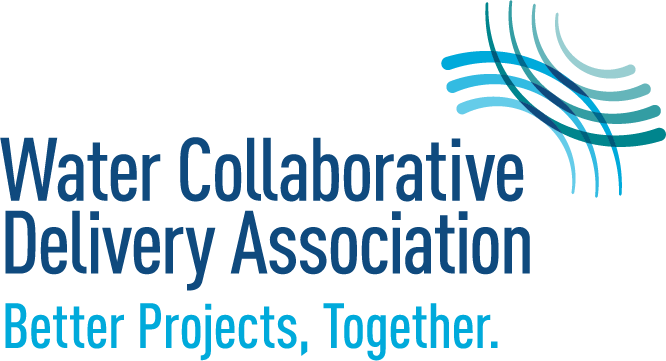Jacobs was issued a Notice to Proceed for Phase I of the Hillsborough River Water Treatment Plant Upgrade project on September 17, 1999. For this unique project in Tampa, Florida, Jacobs served as the construction manager and general contractor responsible for all aspects of design, construction, and initial operation.
Highlights
- Design-build (DB) of a $51.7 million facility upgrade delivered under a guaranteed maximum price (GMP) contract
- State-of-the-art ozone generation facilities to treat up to 120 mgd of flow
- Addition of 40 mgd treatment capacity to the existing 80-mgd flocculation/sedimentation basins
- Project received the Water Systems Quality Award from the Design-Build Institute of America (DBIA), February 2003
- The Hillsborough River WTP was later renamed the David L. Tippin Water Treatment Facility
This project was one of the largest DB projects undertaken by Jacobs at the time and was designed and constructed at a fixed cost. The City’s budget limitation provided a major project challenge; however, Jacobs, through design, cost, and schedule control techniques, provided continuous feedback to the City to ensure that plant upgrades did not exceed the GMP, and incorporated $8 million of additional scope within the original budget as well as saving the City of Tampa Water Department $2.4 million overall.
The Hillsborough River WTP is one of two water treatment plants owned and operated by the City of Tampa Water Department. It was first constructed in 1925 and has been expanded and modified numerous times since. Its current hydraulic capacity is 80 mgd and this upgrade project effectively increased the plant’s capacity to at least 100 mgd. Jacobs’ upgrade of the Hillsborough River WTP included the addition of 40 mgd treatment capacity to the existing 80 mgd flocculation/sedimentation basins. This additional capacity was provided through an Actiflo®.
New ozone generation facilities were installed to treat up to 120 mgd of flow, including two 3,500 ppd ozone generators, two new ozone contactor basins, two new 300 ton ozone chillers. In addition, a liquid oxygen storage system was installed, including three 13,000-gallon cryogenic LOX storage tanks. Ozone was added to the plant process as a replacement for chlorine for primary disinfection and to improve taste and odor. Chlorine, along with ammonia continues to be added after the effluent filters to maintain a residual in the distribution system. process, which performs the same function as the traditional basins, but with a much smaller footprint.
The Hillsborough upgrade also included the installation of new, low-profile underdrains and filter media for 29 of the 30 existing effluent filters. The filter media is Granular Activated Carbon (GAC) operating in the biological mode. The project also included the installation of two new belt filter presses for sludge dewatering, improvements to plant-wide electrical systems, including a new switchgear building, and three new 2 MW electrical generators.
The Phase 1 Preliminary Design effort culminated in the development of a GMP in January 2000. Once the GMP was accepted, Phase 2 Final Design was initiated, which resulted in a final revised estimate delivered in June 2000. CH2M HILL contractually guaranteed the City of Tampa that 100 mgd of water would be available to send to its customers by January 7, 2002 (Revenue Water Date), and met this obligation, with an ultimate completion date of August 2002.

